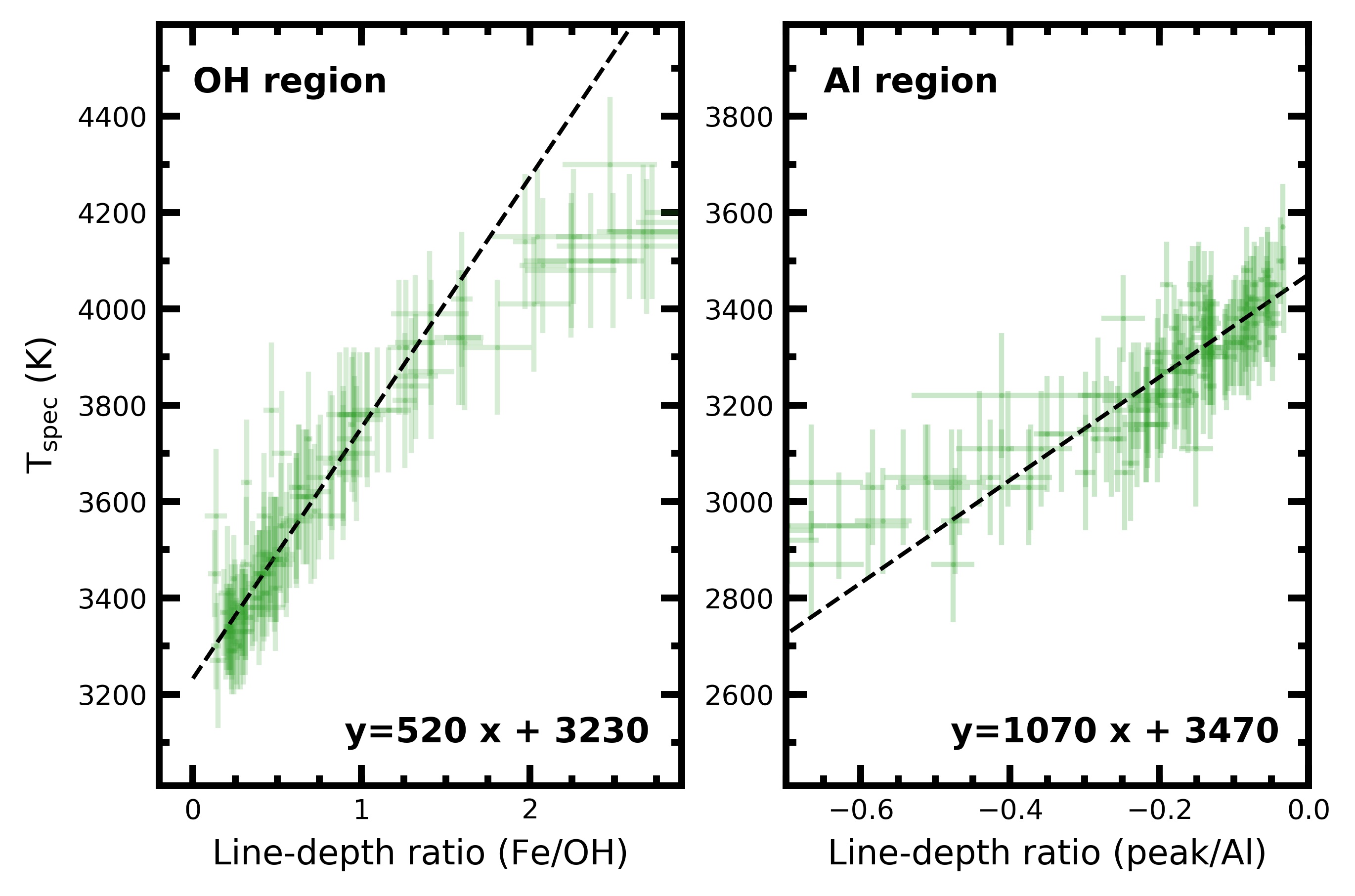The Inti survey
The Inti survey provides reliable and precise spectroscopic stellar parameters, chromospheric activity levels, and photometric rotational periods for 70 solar proxies, 46 solar analogs, 13 solar-like stars, and 9 solar twins, identified in the Northern Hemisphere. We used spectra of moderate (R = 11 930 and 31 500) and high spectral resolution (R = 60 000) obtained with different spectrographs. We estimated the stellar parameters through the differential spectroscopic equilibrium relative to the Sun, which allow us to achieve a high internal precision (σ (Teff ) = 15 K, σ (log g) = 0.03 dex, σ ([Fe/H]) = 0.01 dex, and σ (vt) = 0.03 km/s). Check Yana Galarza et al. (2021) for more details.

Young Stellar Objects
The young stellar objects (YSOs) are stars at an early stage of evolution, and their
properties have a dominant impact on planet formation. Characterizing
and understanding YSOs help us to improve our knowledge of star and
planet formation.
I am working on the characterization of the Immersion GRating INfrared Spectrometer (IGRINS) YSO survey.
I am implementing a Markov chain MonteCarlo technique to determine effective temperature, surface gravity, magnetic field strength, and projected rotational velocity simultaneously. The first part of this
project, which is on YSOs located in the Taurus-Auriga star-forming
region is under review
Low-mass stars
I used H-band IGRINS spectra to determine the effective temperature of
~K8 -- M5 (temperatures between 4000 and 3000 K) stars using
absorption line-depths of Fe, OH, and Al and BT-Settl models.
I also found two line-depth ratios that offer a simple but accurate measure of effective temperatures in cool stars that are distance and reddening independent.


More details and results on this project in López-Valdivia et al. (2019)
Solar-like stars
I used low-resolution optical spectra and Lick-like indices and
determine the effective temperature, surface gravity, and metallicity
in more than 350 G0 -- G3 stars to identify metal-rich stars. The
metal-rich stars are stars prone to harbor giant planets.
More details on this project are able in López-Valdivia et al. (2014) and Chávez et al. (2020).


I am also determined the abundance of Mg, Al, Si, Ca, Ti, Fe, and Ni (López-Valdivia et al. 2017) and lithium (López-Valdivia et al. 2015) in solar-like
stars. For both projects I used the Cananea High-resolution
Spectrograph (CanHiS) mounted at the Guillermo Haro Observatory 2.1 m
telescope (Mexico).
The stellar chemical composition is an important parameter in
stellar and Galactic astronomy studies, and, in particular, in exoplanets. In this latter field, different studies
have aimed at searching for possible correlations between chemical
composition of host stars and the occurrence of
exoplanets.


Aditional projects
- Light curves of transiting exoplanets as well as of asteroids.